Slow Carb Diet One Month No Weight Loss
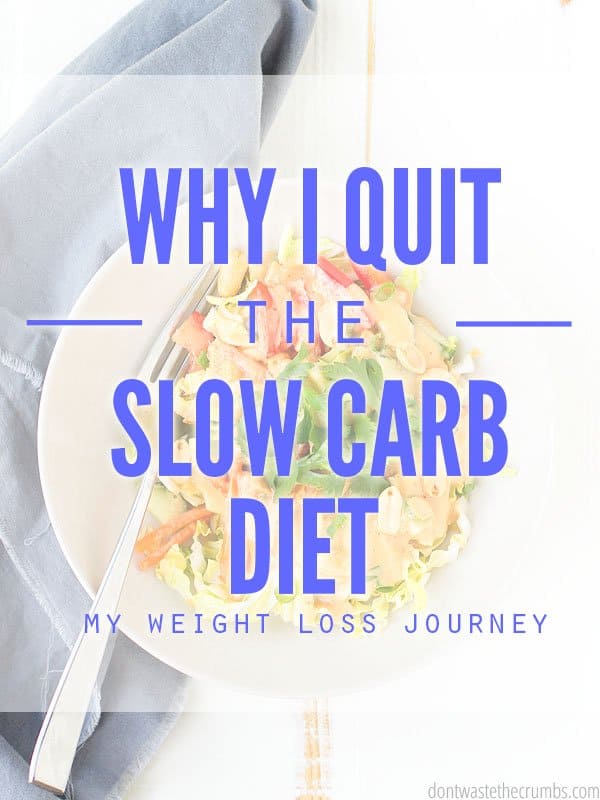
Get the "skinny" on the slowcarb diet from a food blogger and real food fanatic – the pros, cons, and what boosted my own healthy living journey.

For me, the weight roller coaster started early – in my 20's – and like many of you, I've struggled to find the right diet to suit my body type and my personality and lifestyle.
When Mr. Crumbs and I were planning a cruise, I took up running and tried out the slowcarb diet.
Just to clarify, I've never tried to be "skinny." In fact, I firmly believe that neither the size of your pants nor the number on the scale should be the sole determining factor of how healthy you are.
But I do want to be healthy – for myself and my family.
Why I Tried the Slowcarb Diet
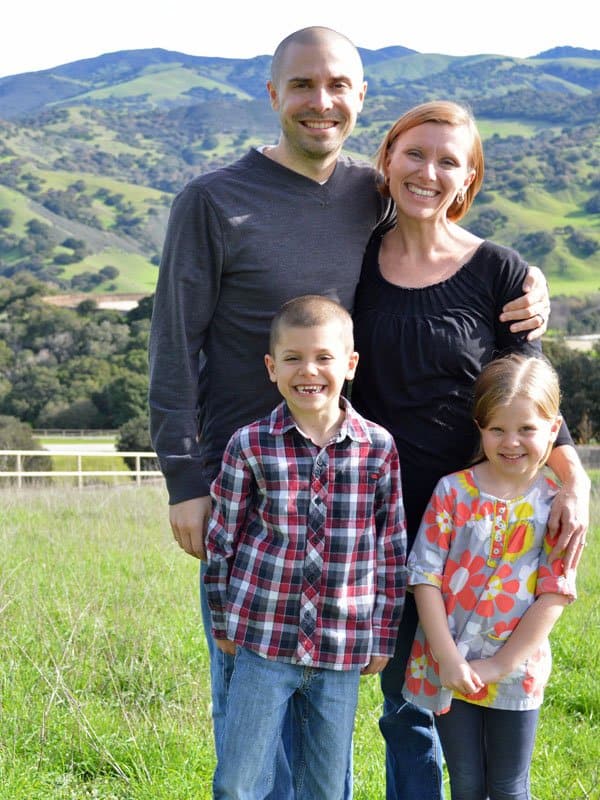
- Throughout pregnancies, job and life changes, and moving cross country, my weight fluctuated, at one point reaching the "overweight" category on the BMI calculator and coming dangerously close to "obese."
- After transitioning to a real food diet (which helped me lose a lot of my weight), I wanted a diet that used real food and didn't rely on low-fat, fake foods.
- I wanted something to pair with increased exercise, which I know is important to overall health.
- It was time to recover my health after moving cross-country, working endlessly on my Grocery Budget Bootcamp, struggling through a tenure in a one-bedroom apartment, and working to master cooking from scratch with minimal kitchen space. After all that, I needed a reboot.
What is the Slow Carb Diet All About?

In short, you are allowed to eat anything that isn't white, or that can be white, on the slowcarb diet. A few foods on the no-no list:
- potatoes
- bread/pastas (like my delicious sandwich bread…yes, very depressing)
- rice
- dairy, including yogurt and cheese
- sugar
Instead, this diet consists of eating the same few meals, over and over again, using foods from the basic food groups included in the diet.
Basically, on the slowcarb diet, you choose one from each of the following categories for your 3-4 meals every day:
Proteins
- Egg whites with 1-2 whole eggs for flavor
- Chicken breast or thigh
- Black beans
- Beef
- Pork
- Fish
Legumes
- Lentils
- Pinto beans
- Red beans
- Soybeans
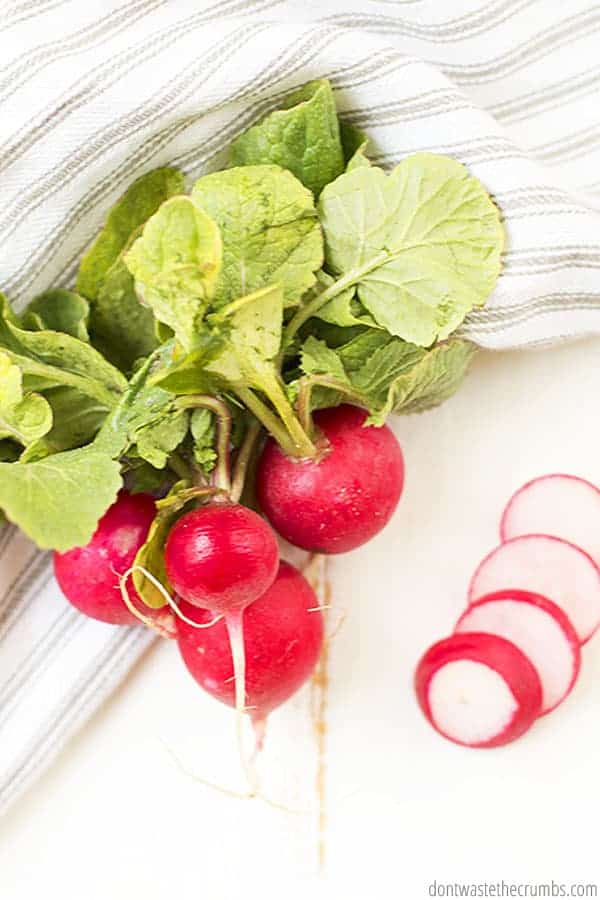
Vegetables
- Spinach
- Mixed vegetables (including cruciferous veggies)
- Sauerkraut, kimchee
- Asparagus
- Peas
- Broccoli
- Green beans
There are a few other tidbits to the diet too, like eating 30g of protein within 30 minutes of waking up, dedicating one full day as "cheat day," and keeping snacking to a minimum (even if it's a food that's ok to eat).
I won't get into the nitty gritty of the diet here, because that's not the purpose of this post. If you are interested in learning more about the slowcarb diet, I recommend The 4-Hour Body by Tim Ferris.
If you're interested in learning more about the pros and cons of the slowcarb diet, read on.
Pros
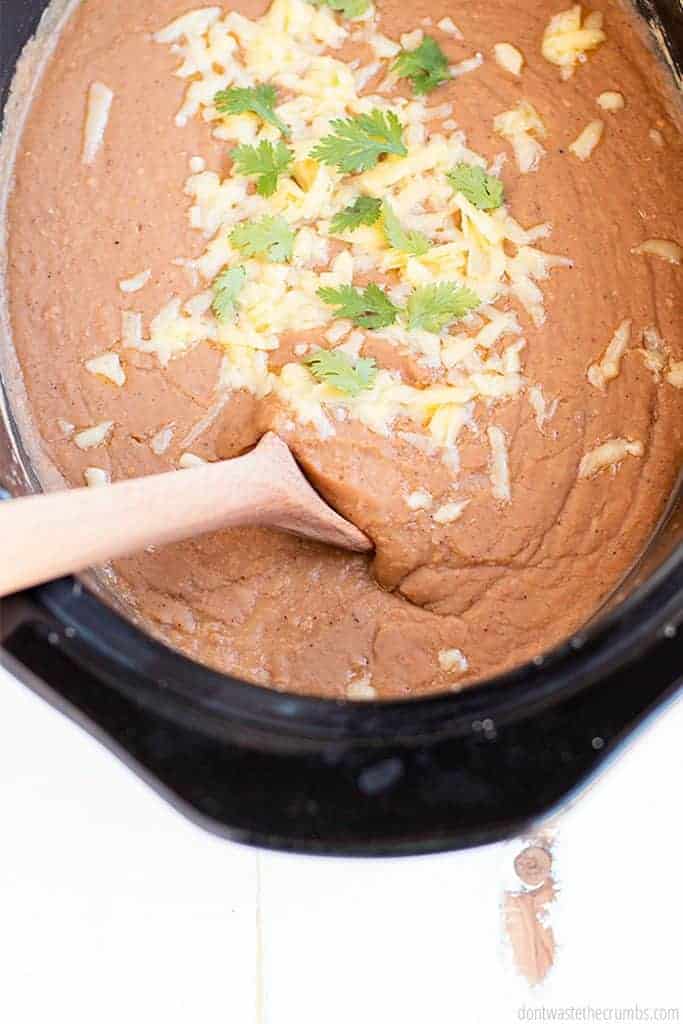
- You eat more beans. Beans are SUCH an incredible source of nutrients that everyone should aim to eat them every day. But this isn't necessarily realistic… unless you're on the slowcarb diet.
- While on this diet, I ate beans at least twice a day. I ate slow cooker refried beans every day for breakfast, and lentils for lunch. If it was possible to add beans to dinner without messing up the flavors on my plate, I ate them there too.
- Green vegetables are a huge part of the diet. Aside from the occasional omelet and spinach in my smoothies, I usually don't eat vegetables at breakfast. However, the slow carb diet changed this, and breakfast regularly included spinach or broccoli. It was weird at first, but it was nice knowing I got a full serving of veggies at the start of the day.
- Plus, it helped keep our food waste to a minimum. Those random vegetables always made it to a plate!
- Breakfast and lunch were a no-brainer. As I mentioned, you're encouraged to eat the same thing at breakfast and lunch, and it was nice to not have to think about what to make for breakfast every day!
Cons
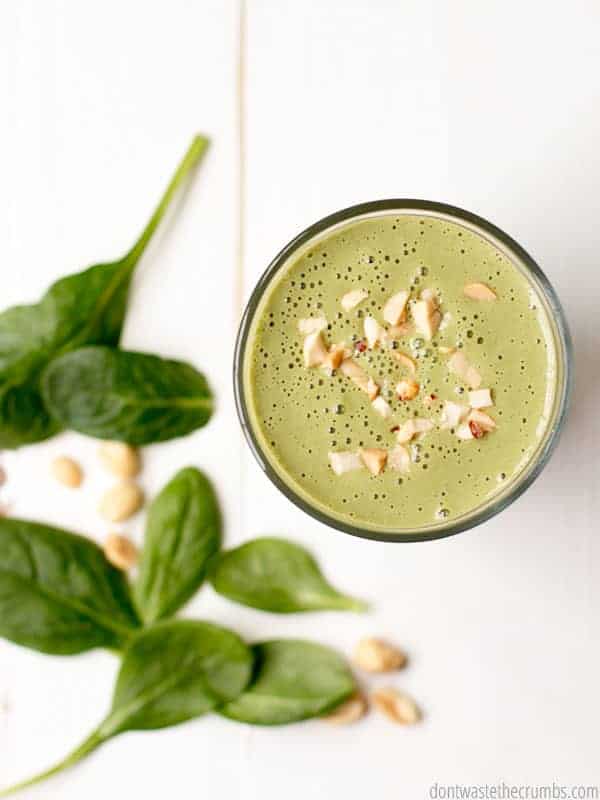
1. My Favorite green maca smoothie is off limits.
Y'all, I love smoothies. So much so that I wrote a book about them! But on the slow carb diet, you can't have milk, yogurt or bananas. That meant my favorite smoothie was a no-go.
It's certainly not the end of the world, but that's how I took my daily dose of grass-fed collagen and maca – two supplements that I consider important to my well-being. Without the smoothie, I felt stuck for both of those supplements.
(Read more about why I take collagen and maca in this post.)
2. You Can't Have Yogurt
Yogurt has so many benefits to your gut, that it felt counter-intuitive to NOT be able to eat it on this diet. It's not like I'm a massive yogurt fan either – I rarely eat it plain and only put ½ cup in my smoothie.
Still though, I don't like being told I can't eat something that I know is very good for me.
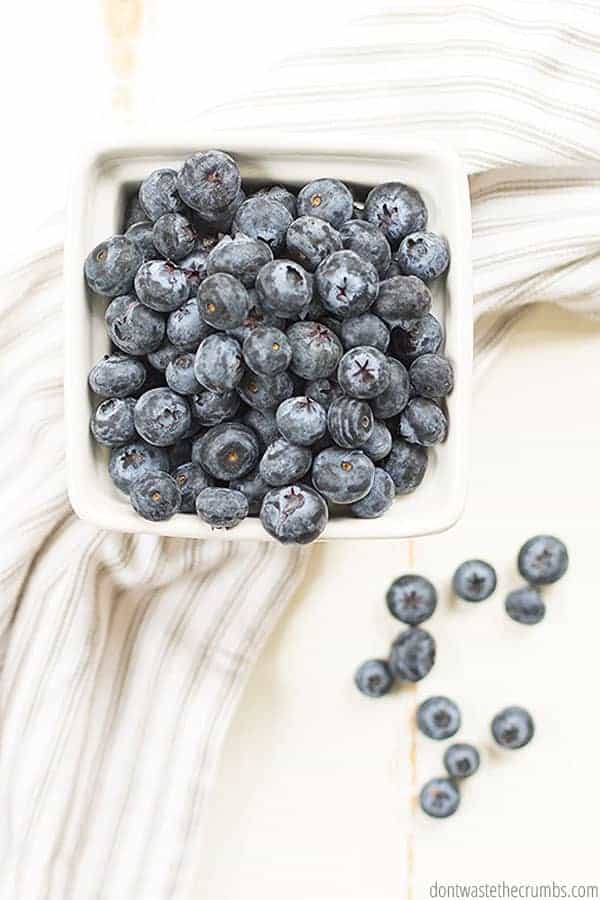
3. Fruit Isn't Allowed
Just like I know yogurt is good for me, so is fruit. I don't like being told I can't have ANY fruit at all – not even the lower-sugar ones. It just feels wrong.
And, this went against one of our family goals to eat more produce than pantry foods and meat.
4. I Felt Like an Outsider at Dinner
It didn't matter what I made for dinner, I always felt like I couldn't eat it. I had to re-think almost everything I made and it made cooking dinner frustrating and annoying. That's not good when you're feeding a family AND you're a food blogger.
5. It Didn't Support my Marathon Training
I often train for marathons, and when you're running 10+ miles on a Saturday morning you need a little more than scrambled eggs and refried beans to get you through.
Ideally, a slow-digesting carb like steel cut oatmeal would be best. Then you replenish post-run with a quick-digesting sugar like a homemade larabar. Neither of these are allowed on the slow carb diet and I couldn't find a suitable work-around that allowed me to feel satiated AND full of energy.
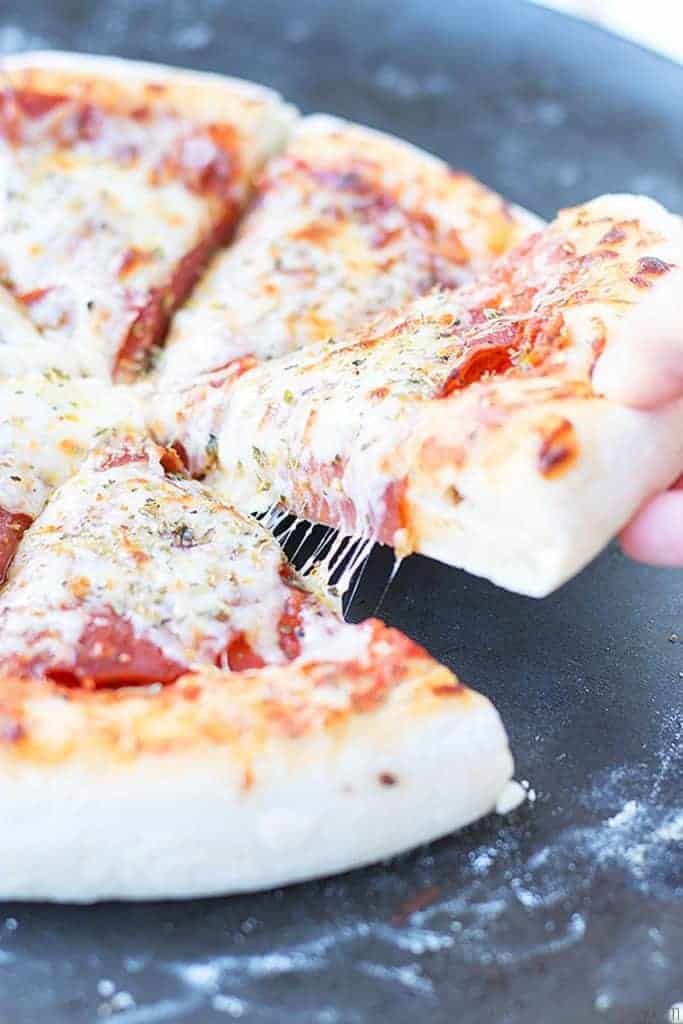
6. Cheat Day Didn't Work With My Routine
You could say that if my long runs are on Saturday morning, then Saturdays should be my cheat day. Then I could eat all the homemade energy bites I wanted.
But then what about pizza on Fridays?
You can call this petty, but pizza Fridays are an 11+ year tradition in our family and they're not moving to Saturdays. That made my cheat day start on Friday night and end Saturday at lunch.
I'm pretty sure this wasn't the intention of the diet.
7. There Was No Portion Control
I LOVE to eat, and no portion control is basically giving me the green light to eat as much of the approved list (plus the "okay" list) as I wanted to. Which in theory, I could.
And I did.
For me, this wasn't good. It was too much of the wrong kind of freedom.
8. I Often Felt Really Hungry
The short answer is to eat a 4th meal, which is recommended on the diet. But eating 4 times a day didn't work for my schedule in many ways, and the two biggest hurdles are:
- I'd skip eating meals with my family because I'd eat before them, and after them.
- My time in the kitchen was increased, because I was still cooking for my family. This didn't make sense for me, since one of my main objectives is to save both time AND money with smart cooking.

9. Breakfast and Lunch Got Really Boring
As freeing as it was to not have to think about what to make for breakfast and lunch, eating lentils and chicken everyday for lunch got REALLY boring.
And it's not that I didn't try to make them differently.
I tried all sorts of different ways to cook the lentils… BBQ, curried, Italian, and marinated… but they were still lentils. And I was tired of them.
10. I Felt Restricted in My Creativity
As a food blogger, it's my job (and joy!) to bring you delicious recipes that your family will love AND that are easy on the wallet.
But my creativity felt stifled when I could only eat from an approved list of foods. Sure there are TONS of different meals you could make from the items listed, like this chicken detox soup, but just knowing that I could ONLY eat those made me feel like I couldn't make anything at all.
How do I not waste food if my family didn't like it and I couldn't eat it? How would I know if it even tasted good if I couldn't taste it myself? And how would I know where to improve the recipe if I didn't try it out first-hand?
11. It Didn't Feel Like a Feasible "Way of Life"
After some thought, I concluded that given my lifestyle…hosting company often, traveling, running a family-friendly, frugal real food blog…I didn't see how I could realistically eat this way – every single day – for the long term.
The Takeaways
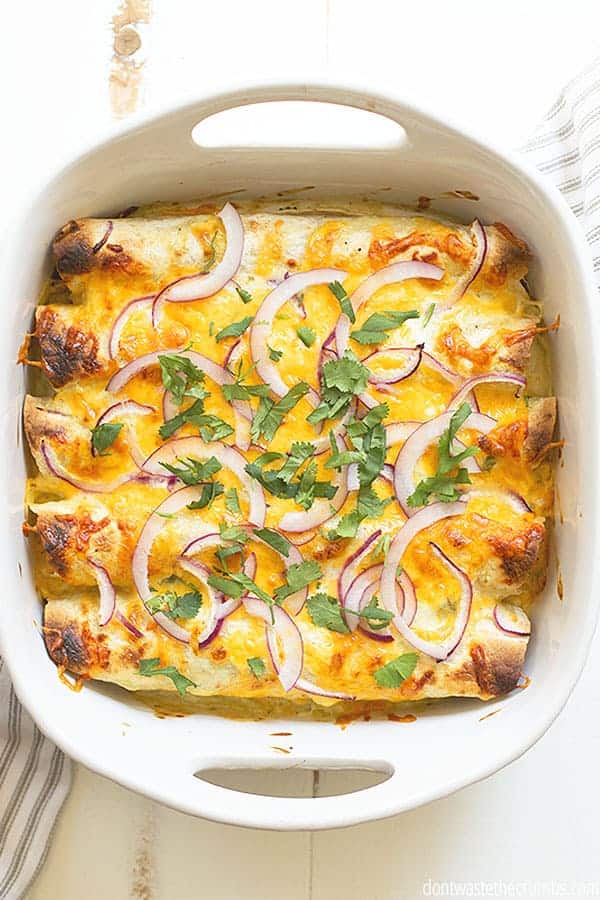
While I ditched the slowcarb diet as a whole, there are elements I still incorporate.
- I still love scrambled eggs and slow cooker refried beans for breakfast. I have perfected both the slow cooker refried beans and my scrambled egg making skills and I honestly love the combination of the two. This meal fills me up, contains a lot of protein and I love the nutrients from the beans.
- I seek to include a green vegetable at every dinner. As often as possible, I throw greens, like my delectable chicken and spinach enchiladas or cranberry apple spinach salad, into my dinner plans.
What am I Doing Instead?

- Counting calories. Just to be clear – I'm NOT going for the low-fat, sugar-free, taste-free fake food out there. I'm still choosing full-fat, whole foods, including bread and cake too! But I'm careful as to how much of these I eat, and make sure that what I put on my plate counts for something good (for both my health and my budget).
- Using the MyFitnessPal app. Tracking calories and monitoring my activity, in combination with keeping our family stocked with real foods, does wonders for my health. According to this article, 88% of people who track for 7 days with MyFitnessPal app lose weight. That's some serious success!
- Incorporate foods from the Whole30 Diet in our budget. We love to jump into the Whole30 diet from time to time as a restart, and some of these meals actually work in tandem with the slowcarb diet, but there are some definite variations. The main goal – eat lots of whole foods, like these Whole30 meals.
Bottom Line

Everyone's health and fitness goals are a little different, and that's okay. I'm here to help you, wherever you may be at in your health journey and whatever those goals may be.
I know creating healthy meals is a struggle. It's why I created this blog, and why I have created programs to help my Crumbs readers. I started with Grocery Budget Bootcamp to share how to budget for healthy, real food eating through careful planning.
Now Crumbs has an amazing 30 Minute Dinners Program to provide you with everything you need to get healthy food on the table, including a full weekly meal plan with breakfast and lunch ideas, auto generated grocery lists, and easy-to-follow step-by-step directions to turn you into your own professional chef…all in 30 minutes a day!
Find out what 30 Minute Dinner veterans have to say about this amazing meal planning service and revolutionize your dinner routine!
FAQs
Can I eat oatmeal on a slow carb diet?
No, oatmeal is not an approved food on the slow carb diet.
Is the slow carb diet healthy?
The answer – it depends. It has helped many people lose weight, but it also strictly limits food types, including whole foods with many nutritional benefits. It's a good idea to seek the guidance of a medical professional when trying any diet for the long term, including this one.
What foods are on the slow carbs food list?
The slow carb diet consists of proteins, legumes, and vegetables. Some examples of foods in these groups are located above.
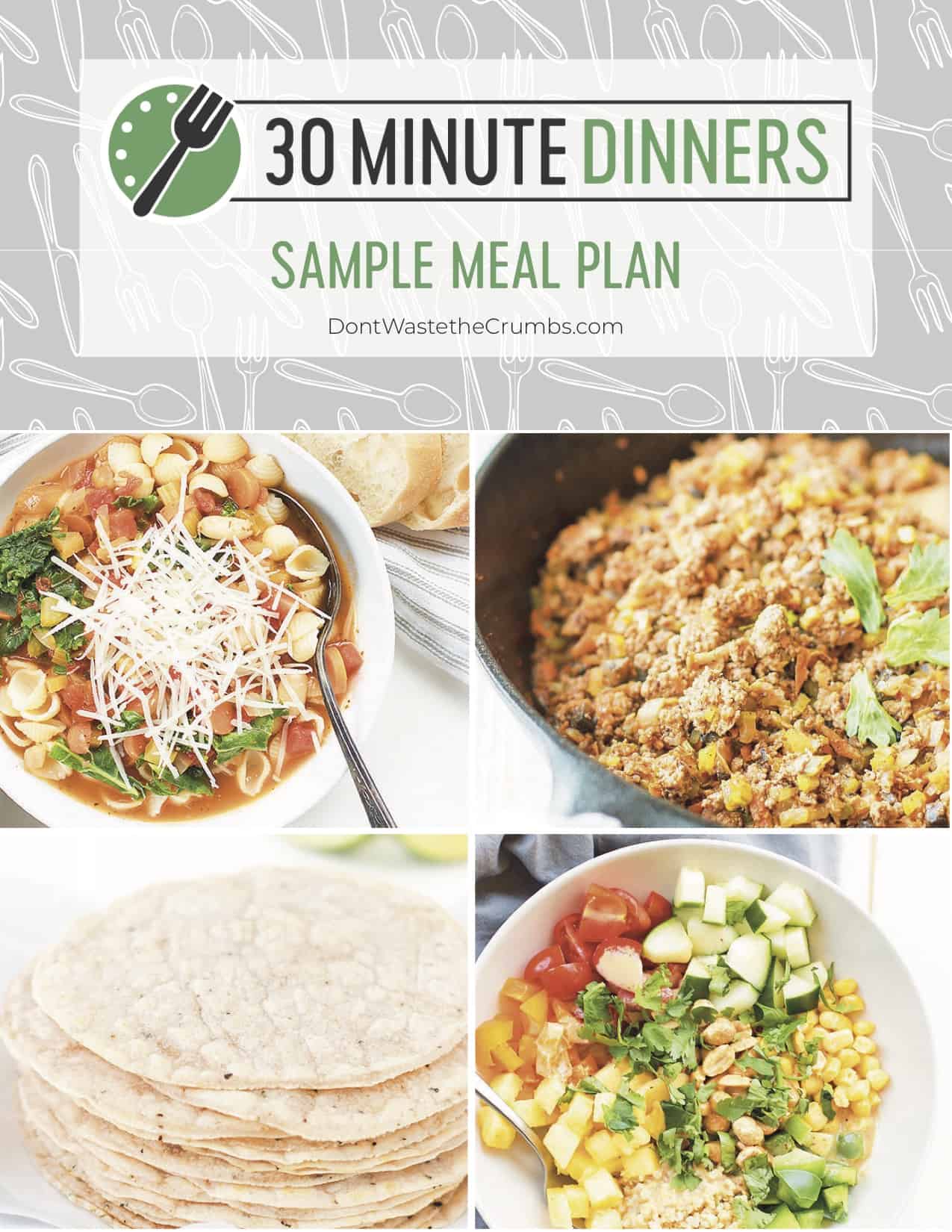
30 Minute Dinners Sample Meal Plan
Sign up to get instant access to my 30 Minute Dinners Sample Meal Plan, complete with recipes and step-by-step instructions!
Slow Carb Diet One Month No Weight Loss
Source: https://dontwastethecrumbs.com/lose-weight-struggle-slow-carb-diet/
0 Response to "Slow Carb Diet One Month No Weight Loss"
Post a Comment